10 Best Places To Visit In Italy
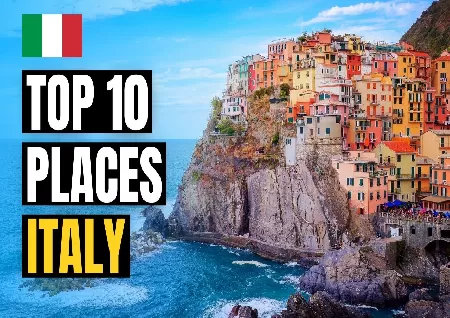
Italy's Top 10 Tourist Attractions
Whatever your travel preferences, this exotic yet homey nation will fulfil them. There is a wealth of culture, history, cuisine, music, architecture, sacred places, quaint towns, and breathtaking beauty all around us. Only the most adamant cynic could not find something to appreciate.
Rome
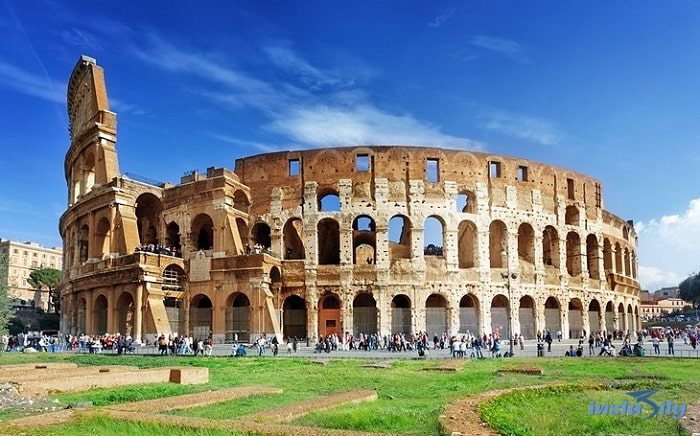
Rome is the top destination on the list for the majority of tourists visiting Italy, both for its historical significance as the capital of most of ancient Europe and for its current status as one of the continent's most vibrant cities. The Colosseum, the Forum, the Pantheon, the Appian Way, and the Palatine Hill are remnants of its former splendour, competing for attention with the Vatican's enormous wealth.
Take some time to take in the city itself in between visiting key sites like the Sistine Chapel and Michelangelo's Pieta. Relax in the Borghese Gardens, enjoy gelato on the Spanish Steps, wander through Trastevere's winding lanes, sip morning cappuccinos in cafés, window-shop on the Via Veneto, and toss a coin into the Trevi Fountain to ensure future visits. To see everything, multiple trips are necessary.
Florence
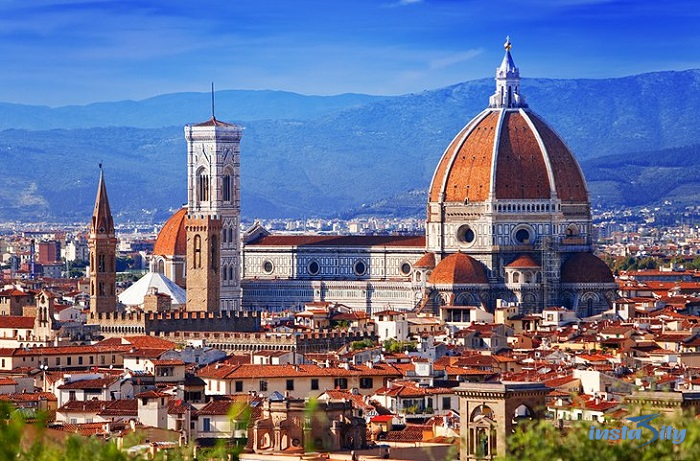
It sometimes feels like Florence, the centre of the Italian Renaissance, is one big art gallery. With its huge dome defying gravity, the Duomo, also known as the Cathedral of Santa Maria del Fiore, is an icon of world architecture.
This is one of the finest collections of Renaissance art in the entire world, along with its marble-inlaid bell tower by Giotto and the octagonal Baptistery with its unmatched bronze doors by Ghiberti.
More works of art are shown throughout the city's churches and palaces, and six art museums are filled to the brim with sculpture and paintings. Visit the Boboli Gardens, the Oltrarno's artist studios and workshops, or Santa Croce's leather shops before you consume too much art in the Uffizi Gallery and Pitti Palace.
Venice
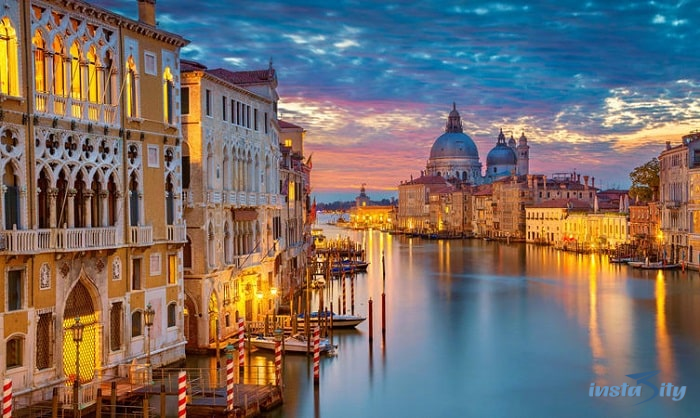
Who wouldn't fall in love with a city where the roads are made of water, the buses are boats, and the gondoliers' lilting songs fill the air? It is a magical city, and the city itself is what draws most visitors.
The expansive Piazza San Marco, often known as St. Mark's Square, serves as the centre of the city and is bordered by several of its most popular tourist destinations. The lofty Campanile towers over both the enormous Basilica of St. Mark and the Doge's Palace, which are both in Venice.
One of the most romantic activities in Italy is a gondola trip. At the Grand Canal's end of the plaza, gondolas assemble. On your route to Rialto Bridge, turn around and enter the warren of confined, winding passages through the entrance under the clock tower in the opposite direction. But in Venice, where a picture-postcard vista is around every turn, getting lost is one of the greatest pleasures.
Milan

Milan is sometimes disregarded as a travel destination on its own, despite the fact that its airport serves as a significant entry point for travellers. That's unfortunate because Milan is one of the cities in Italy with the highest concentration of creative and architectural sites, making a visit essential for anybody interested in design, fashion, or shopping.
The likes of Michelangelo, Leonardo da Vinci, Verdi, Enrico Caruso, Toscanini, and fashion designer Giorgio Armani have called Milan their home and place of employment.
Milan's enormous cathedral, Il Duomo, is one of the most spectacular buildings in the world and one of the best representations of the extravagant Gothic architecture. Da Vinci's The Last Supper is shown on a monastery wall inside La Scala, the most prominent opera venue in the world, and the city is home to museums and palaces that showcase some of the best artwork ever created. A trip through the renowned Quadrilatero is something that no fashionista can resist.
Siena

Throughout terms of arts and culture, Siena competed with Florence in the 13th and 14th centuries, and it still retains a plethora of artistic and architectural masterpieces. The majestic Cathedral of Santa Maria Assunta, with its inlaid marble facade and striped bell tower, stands out among Siena's primarily red-brick structures strikingly. The interior of the cathedral is a museum filled with the works of famous painters and sculptors including Donatello, Giovanni Pisano, Bernini, and Lorenzo Ghiberti.
But Siena's charms go beyond its art riches. The wide plazas and winding mediaeval lanes make for pleasant wandering areas. One of Europe's greatest mediaeval public squares is the Piazza del Campo. The massive, sloping main square of this city hosts a chaotic horse race known as the Palio.
Verona
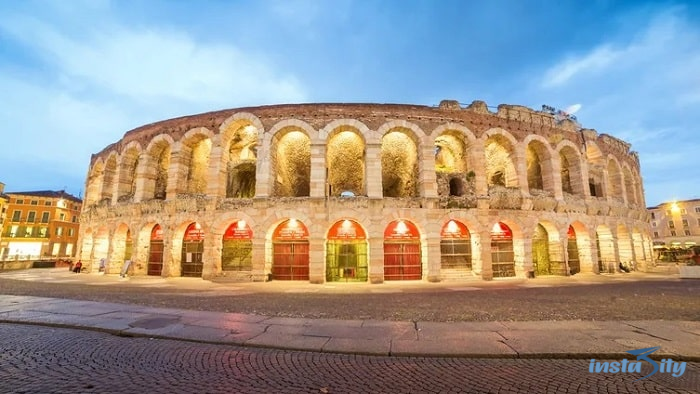
A sharp bend in the Adige River envelops this former Roman stronghold's condensed historic centre. The impressive, well-preserved first-century Roman arena, which serves as the setting for the famed summer opera festival, dominates the area's centre.
Many of the mediaeval and Renaissance structures in Verona contain Roman arches, which demonstrate the city's lengthy involvement with the Venetian empire. Ponte Scaligero, a brick-arched bridge, is guarded by the enormous Castelvecchio, a castle constructed alongside the river in the fourteenth century.
Despite its rich architectural and artistic heritage, Verona's most famous tourist attraction is purely fictitious. The backdrop for Shakespeare's Romeo and Juliet, and throughout the past century, residents have obeyed by building homes, balconies, and even a mausoleum for the imaginary pair. These are some of the best things to see and do in Verona.
Lucca and Pisa
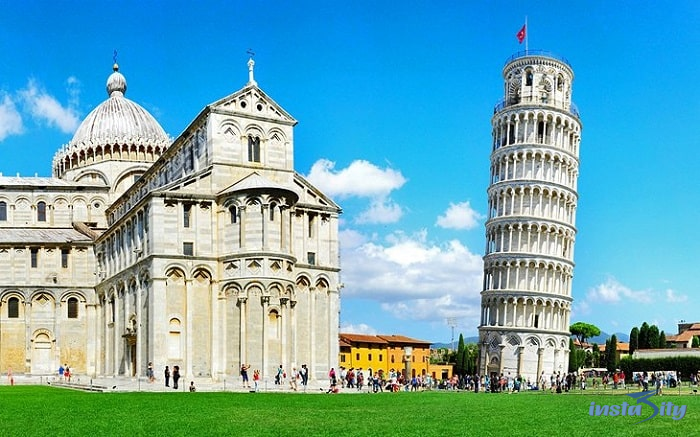
These two neighbouring villages are worth a visit while in Tuscany, the first for the outstanding Campo dei Miracoli complex and the second for its lovable charm.
The Leaning Tower of Pisa is a well-known Italian monument and the centrepiece of a UNESCO World Heritage site that also includes the cathedral, baptistery, and Campo Santo.
The finely carved free-standing pulpit by Nicola Pisano, a masterwork of Romanesque art, is the focal point of the spectacular baptistery. A museum showing some of the most magnificent gold and silverwork from the Middle Ages and Renaissance rounds out the whole.
Nearby, Lucca is one of Europe's most lovely towns to visit, enclosed by broad walls and topped by a tree-lined park. Beautiful Romanesque and Tuscan Gothic churches, tower residences (one of which you may climb to the top), and a Roman arena that has been "fossilised" into an oval plaza can be found inside the walls.
Herculaneum and Pompeii
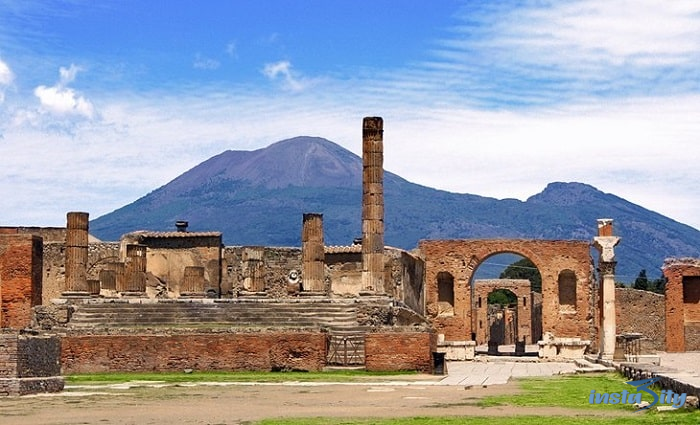
Mt. Vesuvius erupted forcefully and suddenly in AD 79, burying the bustling Roman city of Pompeii and encasing it in six metres of ash and pumice stone for more than a millennium. The city was trapped in time until excavations began in the 18th century, when more than half of its structures and public areas were discovered.
Organic elements such as wood, textiles, and food were also preserved in this airtight seal, providing a more comprehensive picture of life in the first century. Eating utensils and even food have been kept exactly as they were when the calamity hit.
Naples
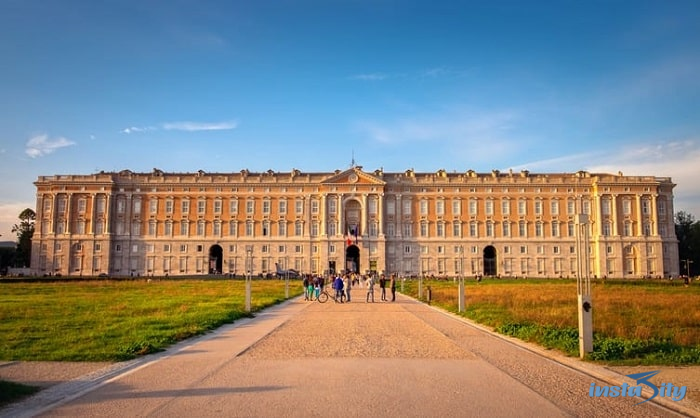
As the waterways define Venice and the Renaissance defines Florence, the sheer exuberance of Naples will leave you enthralled. It's a lively area, with tiny streets brimming with colour, commotion, and energy.
With its treasure-filled cathedrals, majestic palaces showered in European royalty's treasures, and its leading archaeological museum showing findings from neighbouring Pompeii, Naples has lots to see, see, and experience.
Walk along the shoreline with the locals to enjoy views of Mt. Vesuvius across the bay; take a boat to the island of Capri or lovely Sorrento; shop in the glass-domed Galleria Umberto I; and, of course, eat the pizza—Neapolitans claim to have invented it.
Lake Como
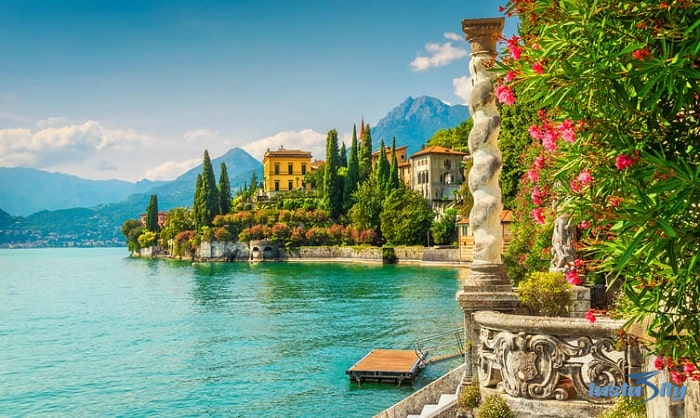
Since ancient Romans escaped Milan's summer heat to cool off in villas along its steep beaches, Como has been a favourite summer hideaway of the affluent and famous. Later villas adorn its densely packed cities, particularly the lovely Bellagio, which is skillfully positioned on a spot where the lake's three narrow arms meet.
Como's western shore is mild even in winter due to a microclimate, thus the white peaks of the Alps to the north may be seen amongst palm palms and camellias. Don't miss the southern shore village of Como, which is well worth a visit before boarding a boat to explore the lake.
Lake Maggiore, to the west of Lake Como, has its own charms, while Lake Garda, to the east, is a summer playground with water sports and other activities.
Related queries to this article
- Rome
- Florence
- Venice
- Milan
- Siena
- Verona
- Lucca
- Pisa
- Herculaneum
- Pompeii
- Naples
- Lake Como
- Italy
- Best tourist places in italy
Read more articles and stories on InstaSity Travel.





